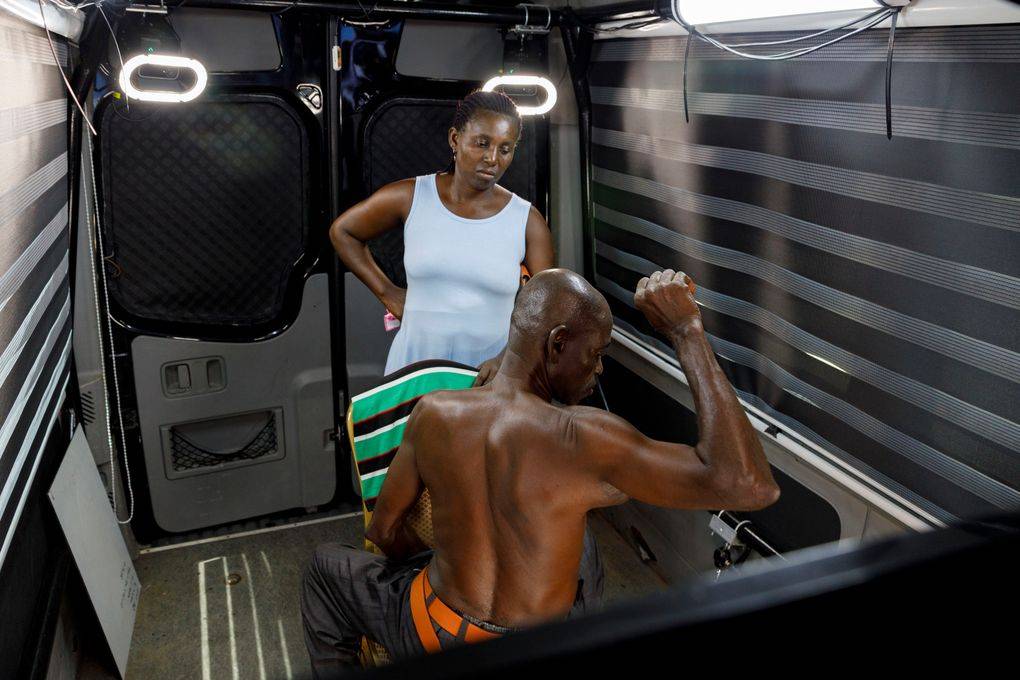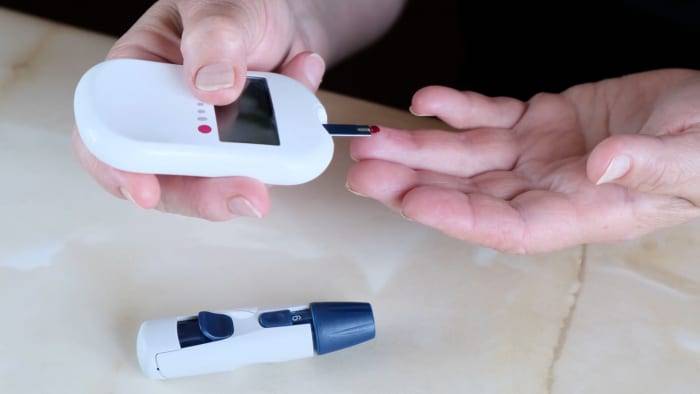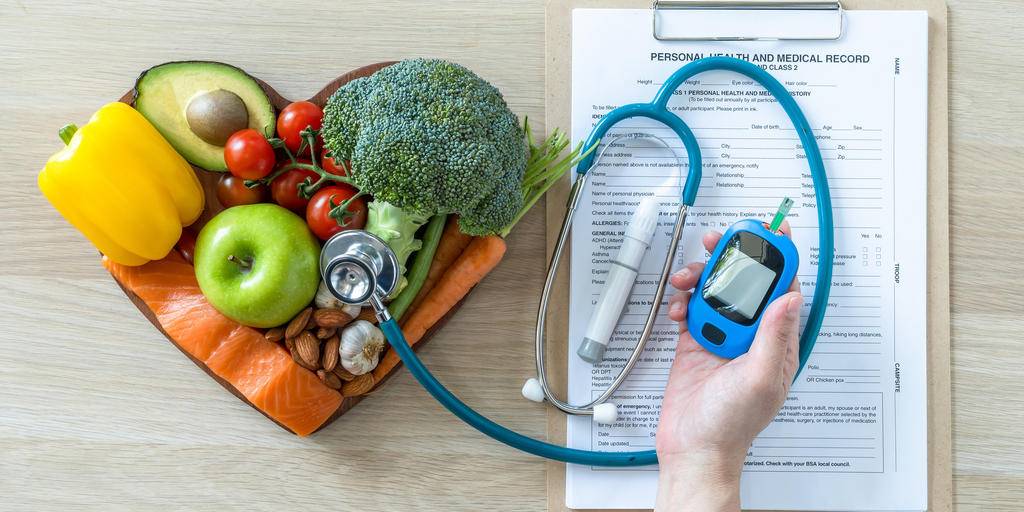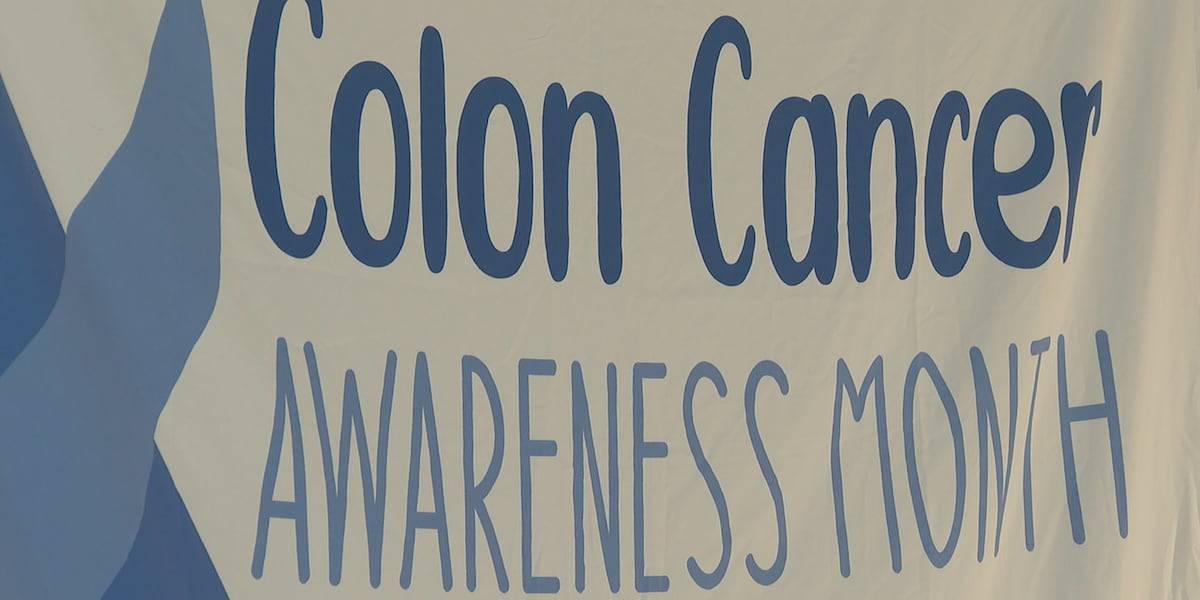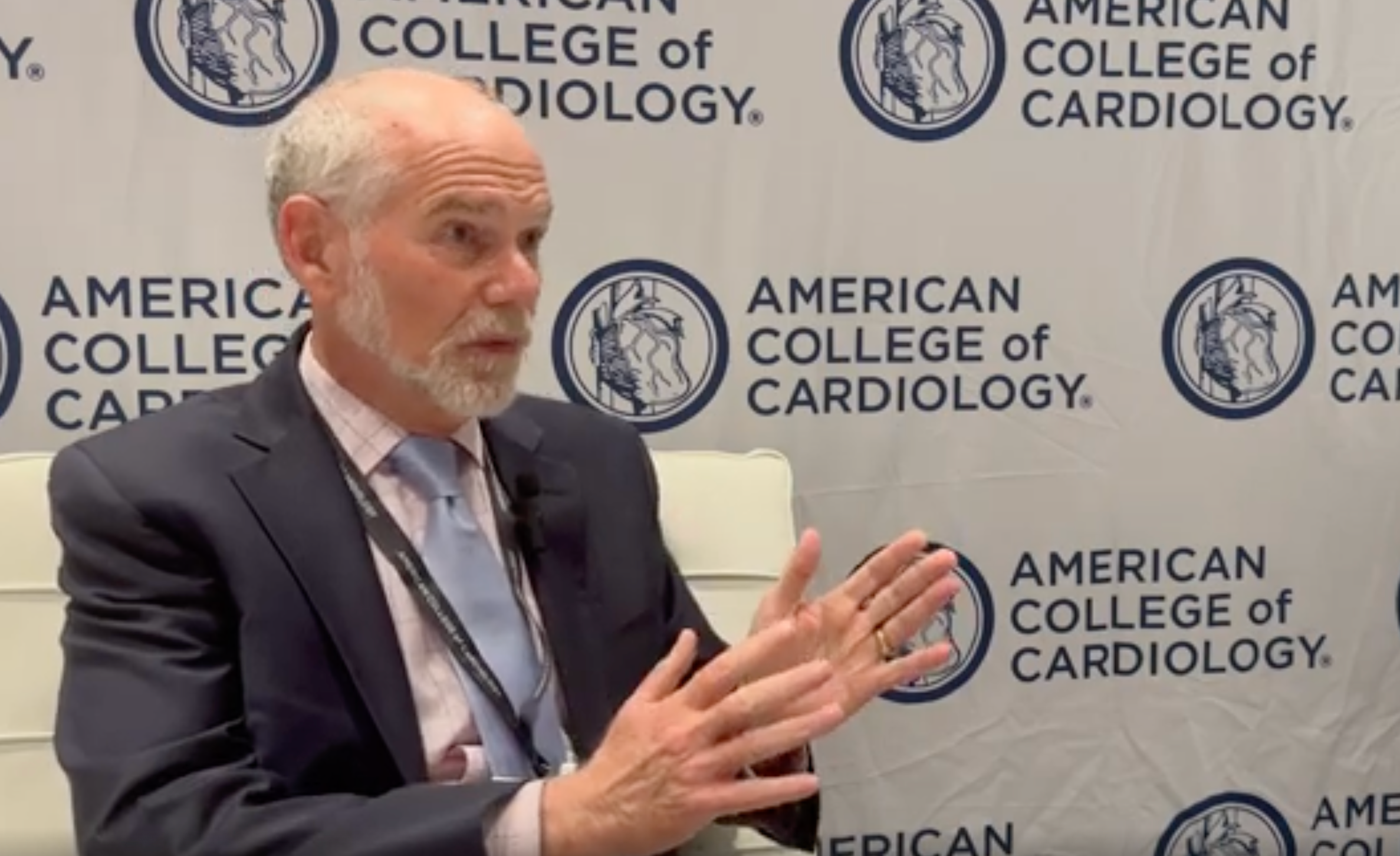Introduction
Charles Owusu Aseku, a 46-year-old man from Ghana, has spent years searching for relief from a persistent keloid on his neck. His journey, marked by two surgeries and a visit to South Africa that ended with just a consultation, underscores the challenges faced by many in Africa – limited access to specialized healthcare and the need for extensive travel. However, recent advancements in 3D telemedicine are offering hope to patients like Charles. This technology, developed by Microsoft in collaboration with local health providers, allows for real-time, three-dimensional consultations between patients and surgeons over long distances.
How 3D Telemedicine Works
The 3D telemedicine system uses Microsoft’s Holoportation technology, along with low-cost Azure Kinect sensors, to create a 360-degree view of the patient. This setup enables multiple doctors from around the world to participate in a single consultation, providing a comprehensive assessment and offering the potential for diverse expert opinions. In Ghana, this technology has been tested in a portable setup that includes enhanced lighting and camera upgrades, allowing it to reach remote villages. For patients awaiting surgery or follow-up care, this means accessing multiple specialists without the burden of long-distance travel.
Impact on Healthcare Access
The impact of this technology extends beyond individual patient experiences. In regions with severe doctor-patient ratios, 3D telemedicine can bridge the gap between available medical resources and the community’s needs. Dr. Steven Lo, a reconstructive surgeon involved in the project, highlights that in areas like Ghana, “the doctors may never see the patient again” after complex operations due to limited follow-up capabilities. The new system enables surgeons to communicate precisely about surgical plans and post-operative care, improving patient outcomes and reducing the risk of complications.
Challenges to Adoption
Yet, while innovative technologies like 3D telemedicine and telesurgery hold significant promise, there are substantial challenges to their widespread adoption. In many parts of Africa, unreliable internet connectivity poses a major hurdle. For telesurgery, which requires real-time communication to ensure surgical precision, even minimal latency can be critical. MicroPort’s Toumai system, which has completed landmark telesurgery procedures in Angola, demonstrates how technology can address these issues, but high costs and infrastructure limitations remain significant barriers.
A Vision for Healthcare Equity
In the broader context, these advancements in remote healthcare technology are part of a larger effort to improve healthcare access and equity worldwide. As researchers and healthcare providers work to overcome the obstacles to widespread adoption, the potential for these technologies to transform care in remote regions is undeniable. Dr. Vipul Patel, a leading robotic urologist, emphasizes that “the potential of robotics, remote surgery, and education is the future of healthcare equity” for underserved communities.
For those like Charles and George Opoku in Ghana, these innovations mean more than just access to care – they represent hope for healing and recovery without the extraordinary challenges of long-distance travel. As healthcare continues to evolve with technological advancements, addressing the systemic challenges of infrastructure and access will be crucial to realizing the full potential of these innovations. The interplay between technology, policy, and patient need will ultimately determine how effectively these tools can close the healthcare gap for Africa’s most remote populations.
A Path Forward
As we explore these emerging technologies, we are compelled to consider the broader implications for healthcare delivery. How can we balance the excitement of technological breakthroughs with the fundamental challenges of healthcare access and equity? The journey to make these tools accessible to all will require continued collaboration between researchers, policymakers, and healthcare providers. In doing so, we might not only enhance patient care but redefine what it means to receive quality healthcare in the most underserved regions.
For more insight into recent healthcare advancements and their impact, visit Epochedge Health. To stay updated on broader news and developments in healthcare and beyond, visit Epochedge News.

